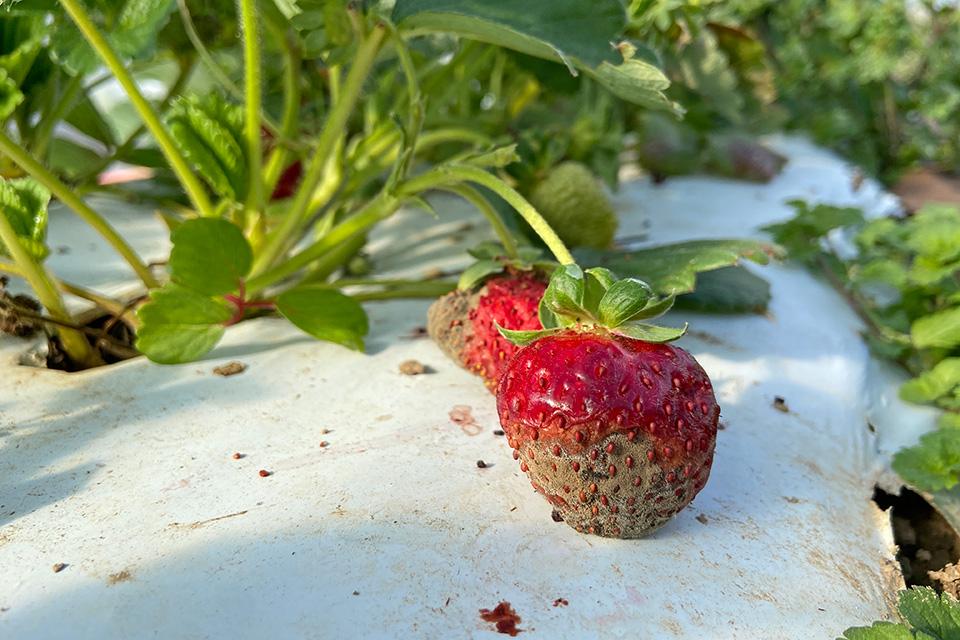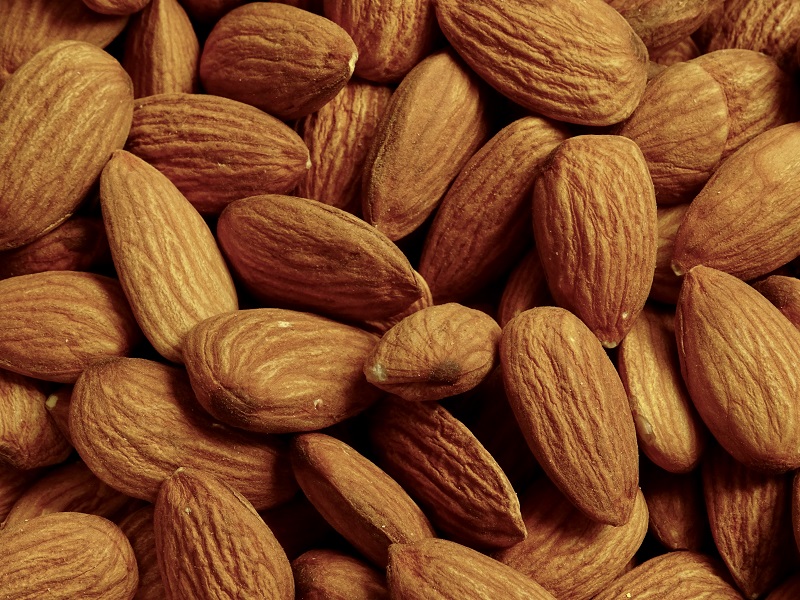Consider a Synergistic Approach To Disease Control in Peaches

Clemson University Professor Guido Schnabel addresses synthetic/biological fungicide combinations for peaches at the BioSolutions 2024 Conference & Expo. Photo by David Eddy
Peach growers in South Carolina and surrounding states are only too familiar with lots of rain, high humidity, and the problems they entail.
“We get rot on pretty much everything,” Clemson University Professor Guido Schnabel says, noting the state’s high annual rainfall totals. “You can have 50 to 60 inches, no problem.”
Rot means disease, and some of the diseases growers in the region face can kill their trees, such as Armillaria root rot and bacterial canker, which are very hard to manage, Schnabel says.
“For fruit diseases, the one that drives spray programs is brown rot,” he says. “It can explode, especially when peaches mature, and can lead to widespread losses.”
Nearly all growers in Schnabel’s region spray synthetic fungicides for disease control, while biological products are used for some insect pests. For example, mating disruption is now used for peach tree borers, but for fungal or bacterial diseases there are no sufficiently effective alternative products, he says. But South Carolina growers always seek more sustainable solutions to satisfy customers and retailers alike.
“Many large retailers are implementing rules for bee safety and species diversity — there is certainly pressure on our growers to limit synthetics,” Schnabel says. “That raises the question: Can we develop a system that uses fewer synthetics?”
ANSWER: SYNERGY
Schnabel, speaking at the ninth-annual BioSolutions Conference & Expo in March, said that, when he launched a project looking at integrating biologicals into growers’ spray programs two years ago, he did not get his hopes up.
“I’ve seen mixed results, they haven’t been as effective (as synthetics),” he says. “And they may work one year and not the next.”
He wondered if he and two of his students could make the biologicals more effective by using them in combination with reduced rates of synthetics while maintaining efficacy.
Schnabel and Graduate Research Assistant Johanna Wesche thought a combination of a biological product, such as Howler (Pseudomonas chlororaphis strain ASF009) or Theia (Bacillus subtilis strain ASF032321), which were both recently acquired by Certis Biologicals, with reduced rates of a DMI fungicide might be effective on brown rot and maybe other diseases of fruits.
“The results in the lab looked really good, especially the Howler/DMI program. The two products do create synergy when mixed. So far, we only have one year of field data, and it does look promising,” Schnabel says. “Identifying synergy is nice, but we’re trying to find out why. Are there basic mechanisms involved that work together? My students don’t want to spray and pray. They want to really understand what’s going on.”
In simple terms, the two mixing partners work together by lessening the availability of an enzyme the fungus needs to grow and cause disease. He said Howler reduces production of the enzyme, and the DMI fungicide blocks its function. “They work hand in hand,” he said. “One limits synthesis of the enzyme on the transcriptional level, the other blocks its function in the pathogen cell.”
The mixtures have not been sufficiently field-tested and are still a couple of years away from commercial trials, but Schnabel, still a little surprised at the effectiveness of the mixtures, says he is optimistic at this new approach. Growers will not only be able to cut synthetic pesticides, but the mixtures may also help ensure synthetic pesticides’ continuing efficacy.
“Using synthetic fungicides vulnerable to resistance development at a lower rate in mixtures will lessen the risk of resistance selection compared to a single application at the high rate if field efficacy is not compromised. That is a nice little anti-resistance management strategy right there if used properly,” Schnabel concludes.









